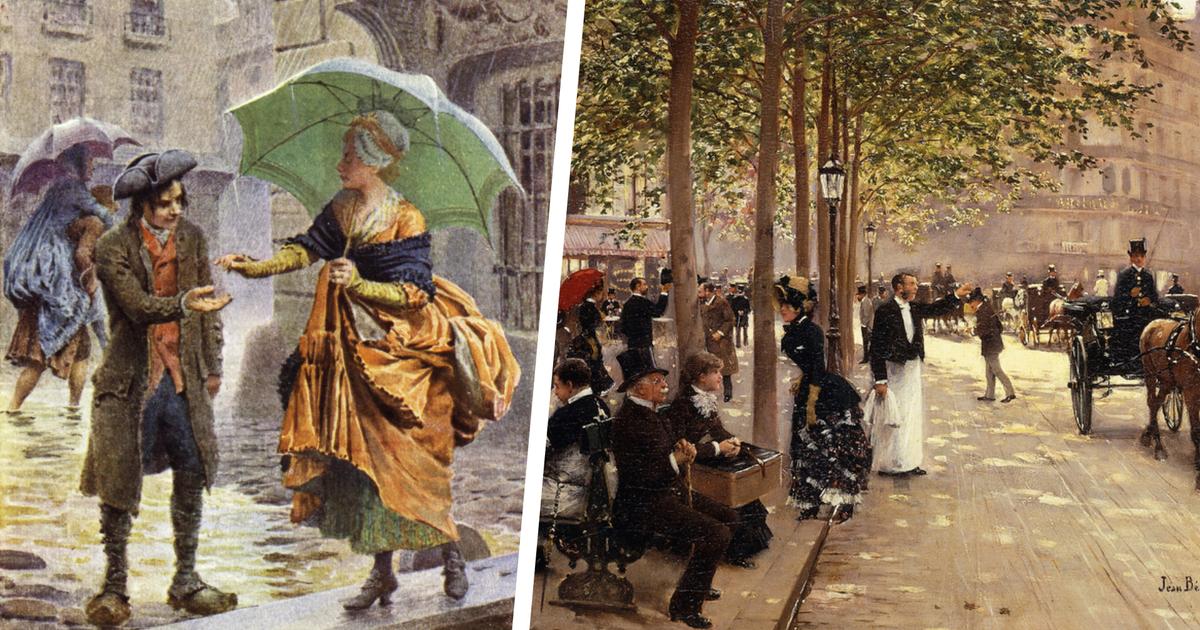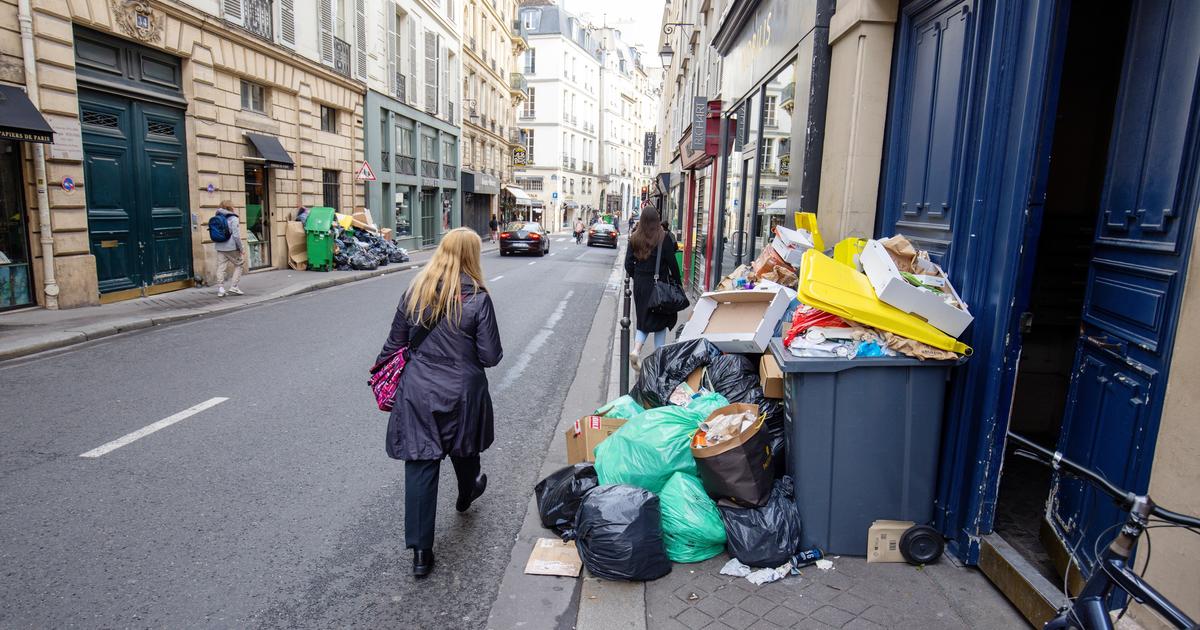The accumulation of garbage cans in the streets of Paris, due to the garbage collectors' strike, provoked the exasperation of the inhabitants and the amazement of the whole world.
Health risks that were thought to belong to a bygone past are reappearing.
And everyone realizes that public health is never guaranteed forever.
We suddenly measure the colossal amount of effort that it took the generations that preceded us, over the centuries, for the capital to be able to control its garbage and waste in order to guarantee Parisians a healthy living environment.
It's a story worth telling.
The size and density of Paris seemed exceptional from the end of the 15th century at least.
Between Louis XI and Louis XIV, the population of the capital would have doubled to reach 400,000 inhabitants, then 500,000 from the middle of the 18th century.
It was then the second largest city in Europe, behind London.
The city spreads out, gradually connecting the suburbs, as the name attests…
This article is for subscribers only.
You have 96% left to discover.
Want to read more?
Unlock all items immediately.
Without engagement.
TEST FOR €0.99
Already subscribed?
Login














